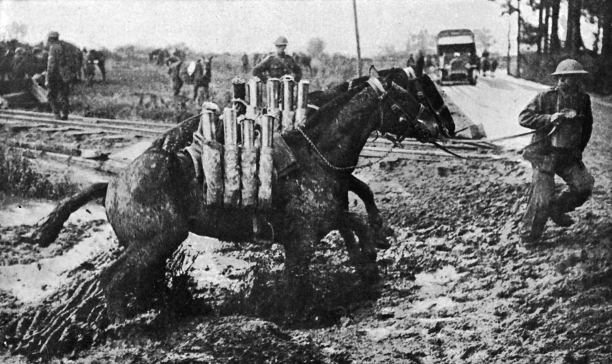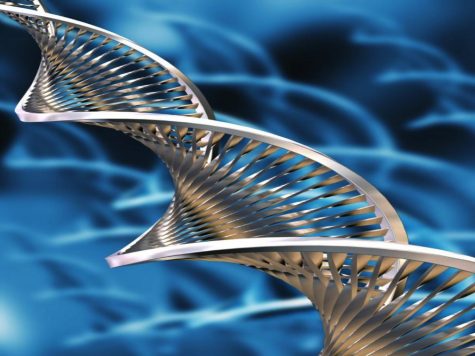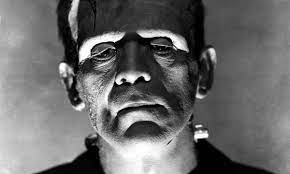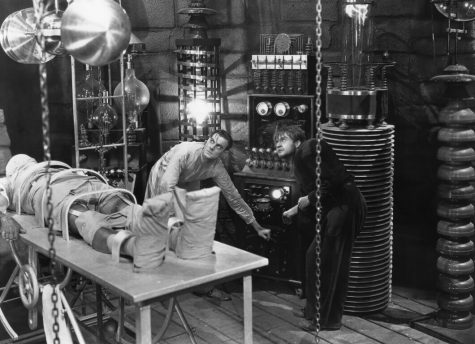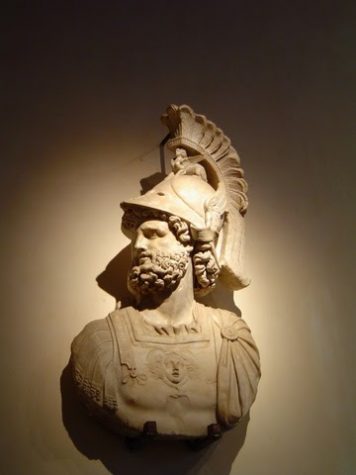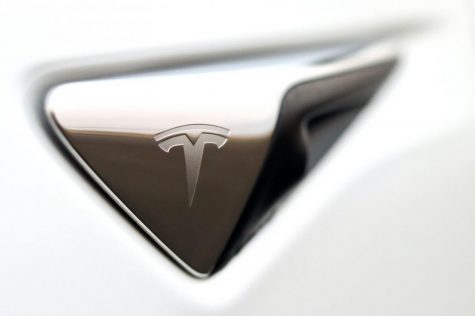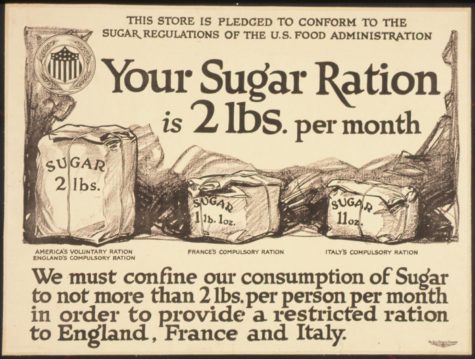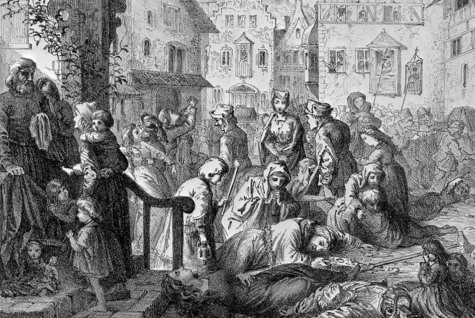Horses in the World Wars
Wars are beyond doubt one of the most horrible and compelling parts of history, especially World War II, as it was the largest and deadliest war in history. Horses played a role in WWII in various ways. Horses were used for thousands of years. All of the Romans, knights, ancient Egyptians used horses in wars and combats. In spite this, WWII marks the spot of the ending of horses being used in warfare. In the first world war, both sides had a large cavalry force, however, by the end of WWII, horses were seldom used because the global nature of war made it impossible to avoid changes in technology, as more modern and practical developments replaced not only horses, but other animals too. What role did horses and other animals play in WWI and II, and how was globalisation involved?
Armies still made use of animals in various ways during WWI. Horses, donkeys, mules and camels “carried food, water, ammunition and medical supplies to men at the front, and dogs and pigeons carried messages[1].” These animals were most frequently used, but the military also used more unusual animals such as monkeys, bears, lions, and even dolphins which were kept as pets and mascots to raise morale and provide comfort amidst the hardships of war1. Other animals were used for detecting poisonous gas or hunting vermin. Horse and camel-mounted troops were used throughout the war, particularly in the desert campaigns, but on the Western Front cavalry charges became increasingly difficult as the fighting became deadlocked and trench warfare took over[2]. Horses were used in many ways, including evacuating the wounded when motorised transport was unavailable or the terrain was too rough, clearing away bomb damage, for labour (constructing roads and railways), as pack animals, and as cavalry. During the First World War, “pack animals like horses, donkeys and mules travelled over landscapes destroyed by heavy bombardments to deliver the war materiel needed at the front2.” Especially when motorised transport was unavailable, they worked together or individually, transporting heavy guns and ammunition, and other essential provisions, as well as sometimes men.
During World War I, animals were also used to send messages vital to the front. Both sides routinely used homing pigeons as couriers[3]. Messenger pigeons carried carried messages in a tiny capsule fastened to one leg, however, then handlers realised it would be more convenient to attach “a larger capsule, the size of a cigar tube, to the pigeon’s back; this could carry a bigger load, perhaps including maps, photos, and detailed reports. Very few messages—less than one percent—were coded, because pigeons were so dependable at reaching their destinations3.”Animals were used in similar ways in the Second World War.
Soldiers still used animals in WWII, but not as much as in WWI. When waging war against each other, “human armies often enlist the aid of the animal kingdom. In past conflicts, horses, elephants, and camels hauled men and supplies; pigeons carried messages; dogs tracked enemies and protected troops. Their efforts helped to turn battles—and the fortunes of many combat soldiers[4].” The U.S Army continued this in WWII, animals were workers, warriors, and companions. Individual soldiers even had pets, sometimes their own, but more often they were homeless animals from the war. An animal being taken care of by a soldier meant survival, and for the soldier it meant confort, and helped them get through the war. Horses, mules, and dogs were regularly employed by American forces to work on the battlefields of World War II4. Horses were used as mounts in patrol missions, and they even carried soldiers into battle in the Philippines. Mules were used as pack horses and “bore the food, weapons, and sometimes the men of entire infantry units4.” Twenty thousand dogs “served the U.S. Army, Coast Guard, and Marine Corps. They guarded posts and supplies, carried messages, and rescued downed pilots. Scout dogs led troops through enemy territory, exposing ambushes and saving the lives of platoons of men. In the throes of combat, war dogs proved their intelligence, courage, and steadfast loyalty time and time again4.”
Communications improved considerably between World Wars I and II, but “pigeons were still used throughout World War II as supplemental and emergency means of communication. But wherever the army, navy, coast guard, or marines went, pigeons likely went, too. They were taken across enemy lines in pursuit of valuable information[5].” They returned with vital knowledge on how strong the enemy troops were, as well as the location, gun positions, undecided attacks, and other important data. “Pigeons were the only means of communication for some advanced observation posts where terrain or proximity to enemy lines made it impossible to string wire or use a radio. Carried in baskets, in a sling under the arm, or in a patrol member’s shirtfront, the birds were released under fire, and most succeeded in getting through5.”
Throughout both World Wars, animals were being replaced by technology as globalisation introduced more modern developments. The importance of horses in warfare dropped off over the centuries “with each arrival of new, more deadly weapons. The development of powerful bows and arrows that could pierce horse armor, as well as the introduction of guns, meant that horses were no longer invincible[6].” Over the course of the twentieth century, “the role of cavalry continued to change as combat became more mechanised[7].” A hundred years ago, millions of horses were used in battle. In 1914, cavalry charges, which used thousands of people and horses, were still seen as a major offense tactic. However, it was soon stopped as trench warfare, barbed wire, machine guns and other latest technology made cavalry charges increasingly difficult.
By the end of WWII, horses were still used behind the fighting lines to transport ammunition and other supplies, but their role as cavalry had come to an end. The last cavalry charge made on horseback “by the U.S. Army took place in 1942, when the United States fought the Japanese army in the Philippines. After that, the mounted cavalry was replaced by tanks.” Although cavalry charges are now a thing of the past, there are still places where a horse is more useful than a truck. In 2002, for example, “during the war in Afghanistan, some U.S. Special Forces rode horses in areas where the rugged terrain and lack of fuel made automobiles impractical.” Poignant sights, such as horses wearing gas masks, horses pulling guns larger than themselves, and horses lying dead next to heaps of mortar shells had reduced the use of horses, and animals in general in wars.
Horses and other animals played a huge role in the World Wars, but it soon came to an end, once more modern technology made it impossible to use them. Technology improved tremendously throughout the two World Wars, replacing the use of animals in the process. In the World Wars, countries had to adapt in order to survive and thrive. With the innovation of each new deadly weapon, countries had to modernise their techniques and introduce even more powerful machinery in order to survive, in which animals were excluded. Globalisation is responsible for this. Globalisation is the process of which a country has to alter their methods, or culture, based on what other countries are doing, or requiring them to do, in order for them to thrive. Countries in the World Wars were forced to change through the prices of globalisation, it is neither good nor bad, but it happens no matter what. Throughout the World Wars, globalisation forced the battles to become more mechanised, to replace the use of animals with more convenient ways.
[1] https://www.iwm.org.uk/history/15-animals-that-went-to-war
[2] https://www.iwm.org.uk/history/12-ways-animals-have-helped-the-war-effort
[3] http://www.americainwwii.com/articles/pigeons-of-war.
[4] https://www.archives.gov/publications/prologue/1996/fall/buddies.html#
[5] http://www.americainwwii.com/articles/pigeons-of-war/#
[6] https://www.amnh.org/exhibitions/horse/how-we-shaped-horses
[7] https://www.iwm.org.uk/history/12-ways-animals-have-helped-the-war-effort
